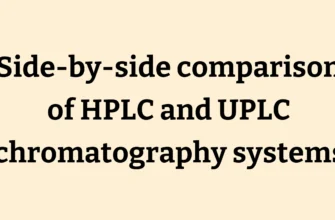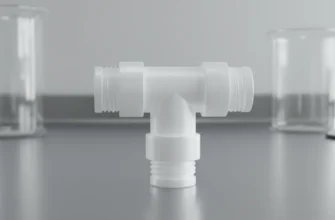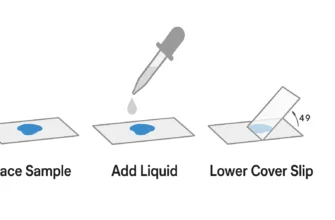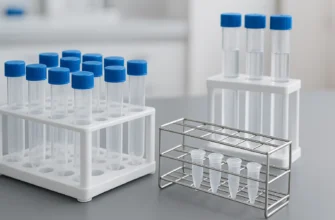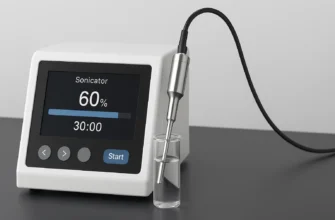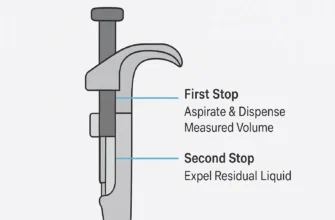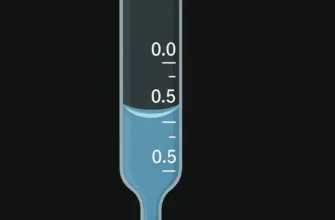The Foundation of Reliable Research
Reproducible outcomes in scientific research depend upon mastery of liquid handling—particularly when pipetting small volumes with precision. In the heart of every laboratory workflow, from DNA analysis to cell culture and environmental DNA samples, the choice and proper use of micropipettes and polypropylene Pipette Tips make a direct impact on laboratory results. The importance is underscored by the International Standards Organization, whose ISO 8655 defines the technical specifications for pipetting techniques, calibration procedures, and acceptable error rates for liquid handling devices.
Why Micropipette Selection Is Critical
Selecting between manual and electronic pipettes, single channel or multichannel, is far from trivial. Each instrument relies upon a piston mechanism, a volume indicator dial (sometimes digital on handheld electronic pipettes), and tip ejector—components that together achieve measurement accuracy and reproducibility for minute liquid transfers, from microli-ters in genetic research to media preparation and BSA solution dilution in agricultural genetics. North American calibration labs and international providers like INTEGRA Biosciences offer a range of micropipetting techniques and bench-top instruments, including soft-grip adjustable volume pipettes, to accommodate conservation genetics, analytical balance-based gravimetric measurements, and sample preparation workflows in microcentrifuge tubes, microplate wells, and evaporation traps.
Accuracy vs. Precision: Getting Liquid Handling Right
-
Accuracy refers to how close the dispensed test volume is to the set pipette volume. This relationship should be verified by calibration check, often using distilled water and an analytical balance in a draft-free environment to minimize errors from ambient temperature and evaporation.
-
Precision is measured by the reproducibility of outcomes—typically as standard deviation, Z factor, and coefficient of variation across repeated transfers. ISO 8655 now demands error limits at 100%, 50%, and 10% of the nominal pipette volume, especially relevant when handling small volumes in genetic workflows like DNA templates for miniPCR thermocycler or Oxford Nanopore Technologies MinION.
Pipette Tips and Their Role in Laboratory Success
-
Use manufacturer-recommended tips (always verify Part Number for model compatibility, e.g., Part Number 55019-30, 55019-50, Part Number 55019-01 for SoftGrip Adjustable Volume Pipettes). Material matters: tip design in virgin polypropylene or low-retention polymers ensures a perfect seal, combats capillary effect, and optimizes pipetting technique.
-
Change tips for each new sample to prevent cross-contamination—crucial for work in genetic research, cell culture, or DNA analysis.
Pipetting Techniques and Calibration: From Bench to Field
Forward pipetting, reverse pipetting, vertical pipetting angle, and controlled immersion depth are techniques that can minimize errors for aqueous solutions, viscous liquids, and micro-volume transfers. Media Preparation and calibration checks (including gravimetric measurements using density of water as the standard) are conducted in laboratory liquid handling robots or manually in Biomedical Sciences labs. Accurate volume settings are validated using vernier marks and calibration protocols traceable to ISO 17025-accredited service providers, providing confidence to field geneticists and environmental DNA sample handlers alike.
Calibration, Environmental Factors, and Instrumentation
-
Regular pipette calibration is non-negotiable for reproducible outcomes. ISO 8655 specifies strict protocols for calibration with both single channel pipettes and multichannel models, conducted at ambient temperature in a draft-free environment, often with evaporation traps to prevent measurement drift.
-
Instrument calibration is a global operation; labs across North America and beyond depend on ISO/IEC 17025-accredited calibration, ensuring traceable, technically valid calibration and test results for all liquid handling instruments—from handheld electronic pipettes to bench-top calibration rigs.
-
Manufacturer’s specifications (often stricter than ISO standards) and technical information from Lab Academy or supplier data sheets must always be referenced.
Performance Metrics and Documentation
-
Besides accuracy and precision, labs track standard deviation, Z factor, and coefficient of variation across all pipetting devices. Volume transfer reports in gravimetric measurements are documented and compared to manufacturer’s tolerances and international standards for quality assurance.
-
Quality calibration procedures underpin reproducible experimental results, essential for media preparation, genetic research, agricultural genetics, and advanced DNA workflows.
Conclusion
The backbone of laboratory research is reliable liquid handling—achieved through proper pipetting technique, routine calibration, use of high-quality tips, and a deep understanding of international standards like ISO 8655 and ISO 17025. Scientists, field geneticists, and lab managers alike rely on instruments, tips, calibration protocols, and environmental controls to deliver consistent, reproducible results. With rigorous adherence to technical standards and continual documentation of calibration and maintenance, laboratories unlock the potential for scientific progress in fields as varied as DNA analysis, environmental research, and Biomedical Sciences—one precise volume at a time.


